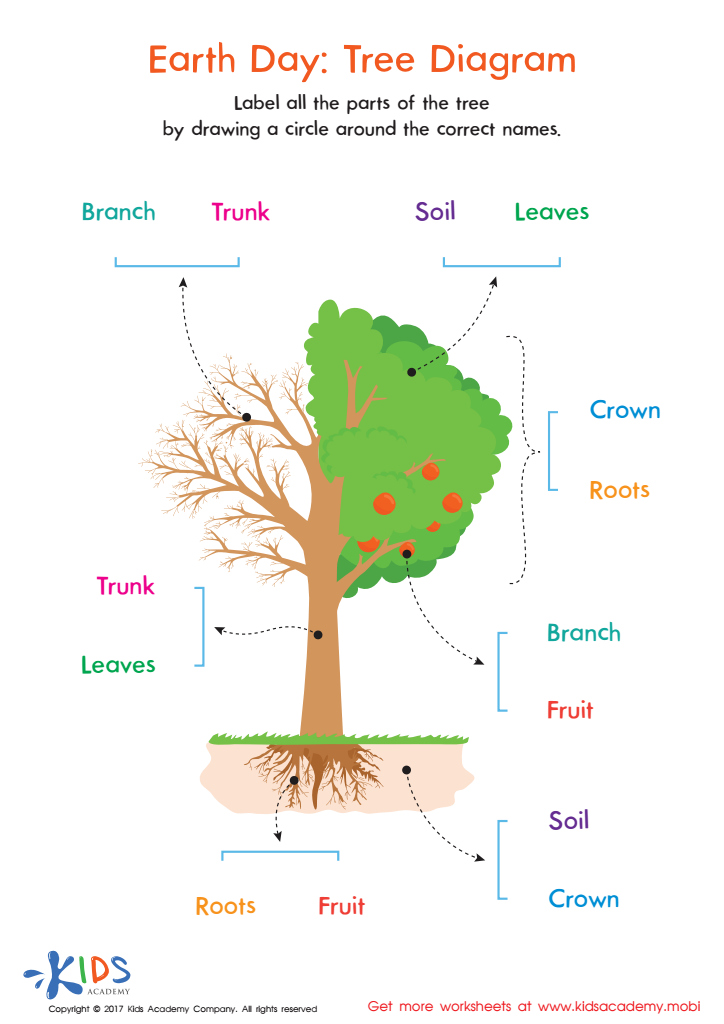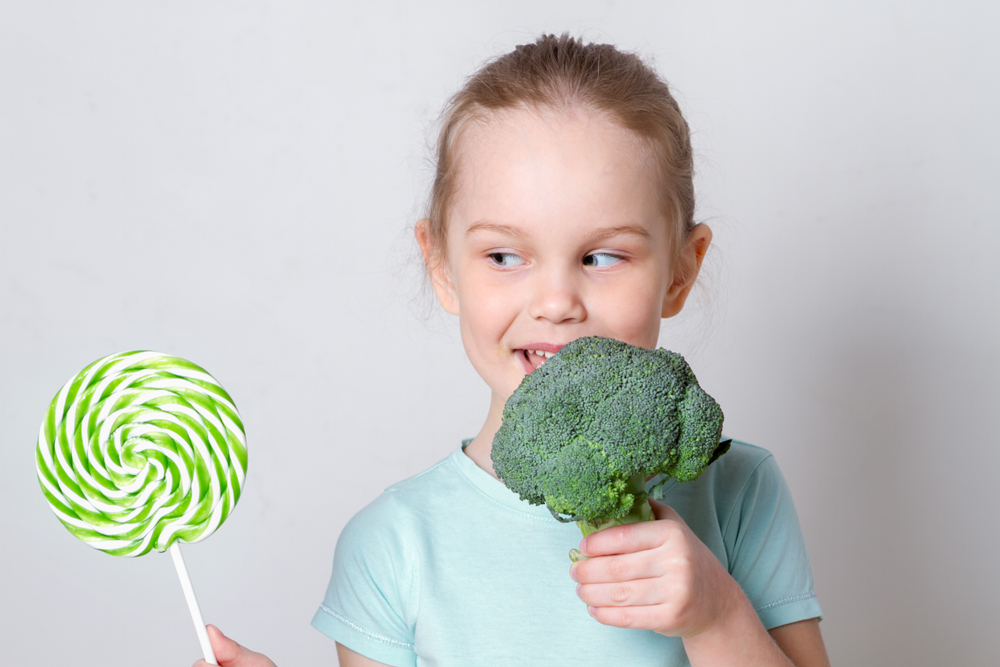Normal Plants and Animals Worksheets for Ages 3-8
12 filtered results
-
From - To
Explore our engaging "Normal Plants and Animals Worksheets" designed for children ages 3-8! These printable activities are perfect for young learners, providing fun and educational ways to discover the wonders of the natural world. With vibrant illustrations and easy-to-follow exercises, kids will develop essential skills while learning about various plants and animals. Our worksheets encourage creativity, critical thinking, and a deeper understanding of the environment, making them an excellent resource for parents and teachers alike. Foster a love for nature and science in your child today—download our diverse collection of worksheets and watch their curiosity bloom!


Mammals and Reptiles Worksheet


Where Do They Grow Worksheet


Matching Types of Leaves Printable


African Wildlife: Giraffe Worksheet


Earth Day: Tree Diagram Worksheet




Life Cycle of a Plant Worksheet


Identifying Living or Non–living Worksheet


Arctic Animals Worksheet


Life Cycle of Butterfly Printable
Understanding normal plants and animals is crucial for children aged 3-8 as it fosters their connection to nature and promotes curiosity. Early exposure to the natural world helps children develop observation skills and an appreciation for biodiversity. By learning about local plants and animals, children gain insights into ecosystems, recognizing the vital roles these organisms play in maintaining balance in our environment.
Additionally, exploring the characteristics, habitats, and behaviors of plants and animals can stimulate scientific thinking in young learners. It encourages questions about where food comes from, understandings of growth cycles, and the interconnectedness of life, laying a foundation for lifelong inquiry and environmental stewardship.
Moreover, interaction with nature has proven benefits for emotional well-being. It can reduce stress, improve mood, and inspire creativity. Outdoor play that involves nature also strengthens fine and gross motor skills as children climb, dig, and explore.
Furthermore, incorporating lessons about plants and animals into early education supports social skills as children engage in group activities, fostering collaboration and communication. Ultimately, encouraging a love and understanding of normal plants and animals promotes healthy relationships with our environment, cultivating responsible and thoughtful citizens for the future.
 Assign to My Students
Assign to My Students

















